Parma – to a small organic Parmigiano Reggiano producer Azienda Agricola Biologica Ciaolatte who produces the milk, makes the cheese, and ages the cheese all on their property. They only produce about 5 wheels of parmesan a day. In their aging facility they had about 1000 wheels of parmesan in various stages of aging. Large facilities can easily have 10 times more cheese gaining. It was very informative to go through the steps of production, as well as discussing the consortium that inspects and approves all Parmigiano Reggiano Cheeses. We did a tasting of 12 month old, 24 month old, and 36 month old cheeses. It was very informative to taste these cheeses side by side and see how the color turned from off white to more yellow/tan. How the crystals were very small in the 12 month and grew more pronounced as the cheese aged, and how smooth and creamy the cheese was at 12 months, meaty and rich at 24 and full flavored and piccante at 36. We had wonderful lunch at Ciaolatte of classic dishes of the region and of course parmesan was featured in many of them a standout was a mousse made from Parmesan Reggiano and butter made from the cream that is skimmed from the milk during the cheese making process, it was decadent, delicious and dangerous. Call me Il Pancha!
Acetaia Dodi – Aceto Balsamico Tradizionale Di Reggio Emilia – We visited this producer of the magical elixir Aceto Balsamico Tradizionale, not the stuff you buy at the grocery store, the stuff that costs about 50 Euros for a 3.2 ounce bottle of 12 year old, or over 100 Euros for the 25 year old nectar. The vinegar is the cooked must from locally grown Trebbiano grapes. After being cooked down the must is transferred to barrels. The barrels are of various sizes and types of wood. This producer likes to use Chestnut, Cherry, European Oak, Ash, and Mulberry. 2/3 of the must is moved from barrel to barrel while 1/3 of the must always stay behind and is mixed with must from a different barrel. The must slowly evaporates through the wood, flavors concentrate, and become complex and the liquid becomes like syrup. The barrels are keep in the top floors of the house so in the summer they get very warm, and in the winter they get very cool. No heating, AC, or fans are allowed. The temperature changes and changes in humidity help the vinegar to develop it flavor and character. We did a tasting of the “at least” 12 to25 year old vinegars. All were delicious with complex flavors. The older vinegars being thicker, more concentrated and much more complex on the palate. These types of vinegar are not for salad dressings. We were told by the owner of Acetaia Dodi that the consortium only grades to the standards listed below and that vinegars listed as 75or 100 years old are marketing gimmicks, and are not consortium approved. That maybe some portion of the vinegar is that old, but likely not a majority.
· At least 12 years old Lobster Red Label – still has a good level of acidity-uses- carpaccio, crudities, shellfish, lamb chops, game, and poultry
· Silver Label – softer and sweeter – pasta, risotto, soufflés, sauces for fish, boiled met dishes, filet of beef, and duck liver
· Extra Vecchio –at least 25 years old –Gold Label – almost always used at the end of a meal-strong spicy cheeses, strawberries, and other berries, cherries, custards, and ice cream. The best is to sip from a spoon or a glass after a meal.
We must give our thanks to the great minds, products, and traditions that have developed and have keep alive two of the greatest food products we have today Parmigiano Reggiano and Aceto Balsamico Tradizionale.
We have visited a small Salumficio Artignale in the town of Matelica where we went through the process of making salami. The company produces several styles of salami is particularly noted for its Fabriano and Ciauscolo Salami. The products are very tasty.
We also visited a small organic farm that is part of the local agricultural university, Azienda Sperimenta di Agraria. Part of the program there is grow rare indigenous fruits and vegetables help to distribute them to farmers to help keep the species alive and to bring diversity to the market and the table. It was a beautiful farm and we enjoyed eating cherries from the trees.
We visited another small farm/agriturismo Salomone that mainly produced honey. We did a great tasting of many varieties of honey, saw how the honey is harvested and had a wonderful lunch.
Sunday, June 22, 2008
Subscribe to:
Post Comments (Atom)




































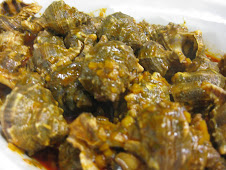




























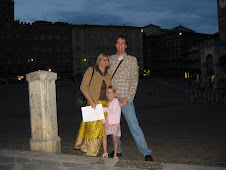









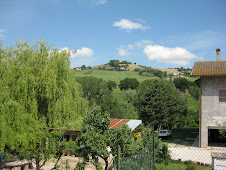

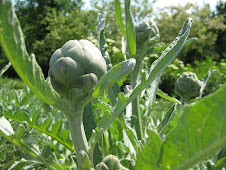


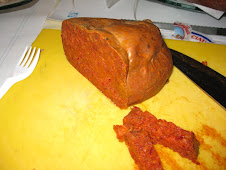
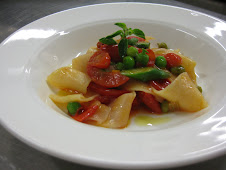
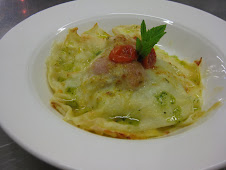
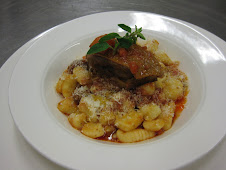


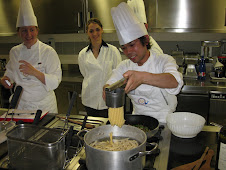





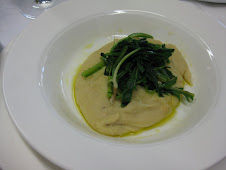

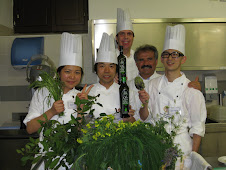
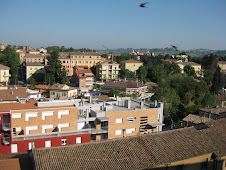


1 comment:
this is often an innovative web site that offers needed connections between renters and landlords, the aim is to attach property owners eager to advertise their nice properties with renters seeking quality, cheap housing.
charlotte corporate housing
Post a Comment